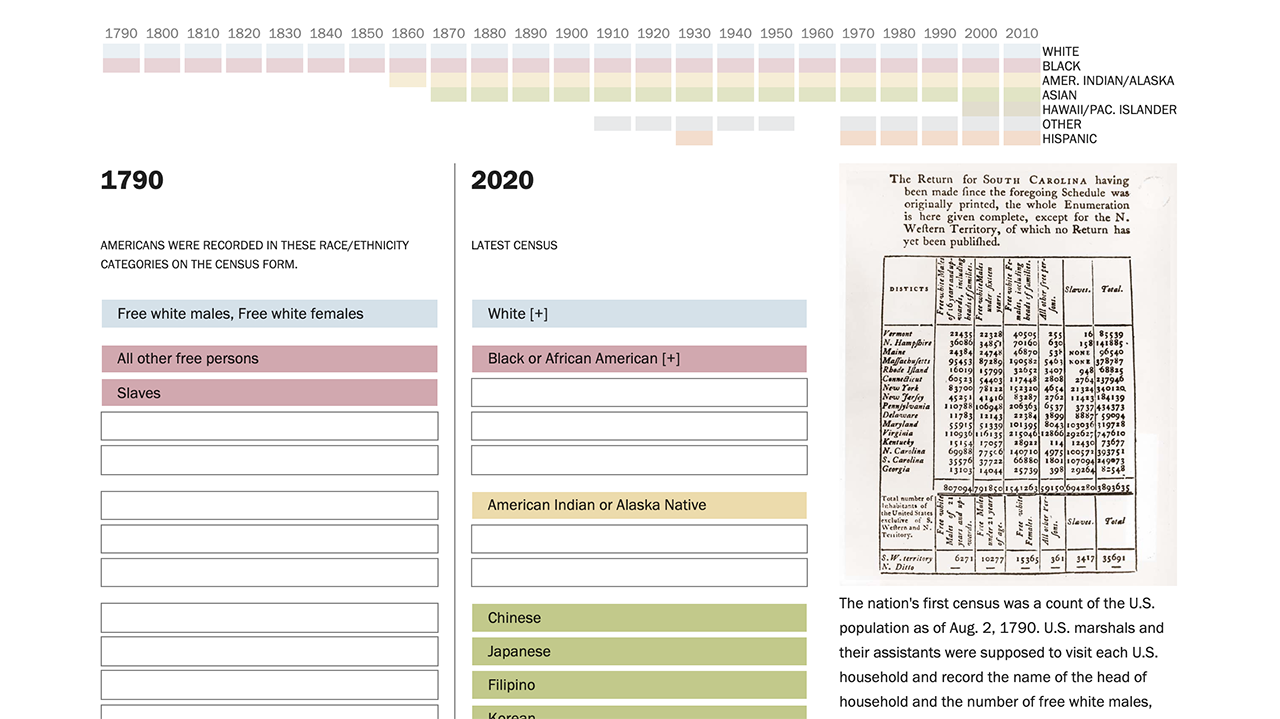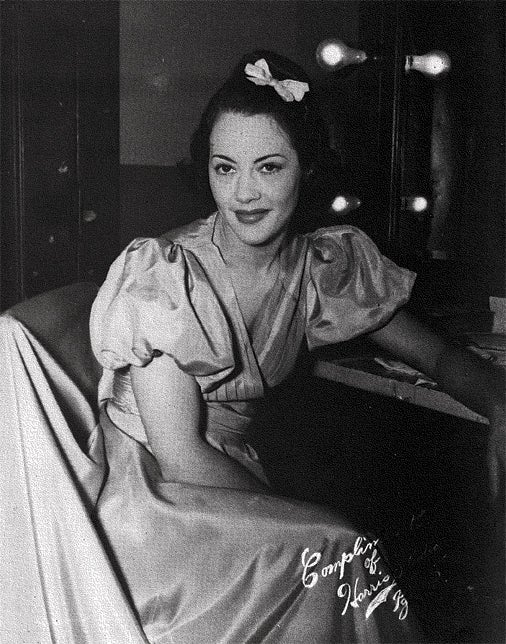The Gospel according to Meghan
The Christian Recorder: The Official Organ of the African Methodist Episcopal Church
2020-02-28
Jennifer P. Sims, Ph.D., Columnist; Assistant Professor of Sociology
University of Alabama, Huntsville
A few weeks ago, Meghan Markle and Prince Harry shocked their family and the world by announcing that they would step back from their roles as senior members of the British Royal Family. Contributing to their decision was the intense media attention and its accompanying salacious criticism of their family. Meghan, who is mixed-race (Black/White) and American, has been receiving the brunt of the media abuse. From newspaper stories disdaining her every behavior, despite having lauded some of the same actions when White British Royals like Kate Middleton did them, to a reporter literally comparing her newborn son to a monkey, the British media has been unconscionable toward the Duchess of Sussex.
Social media dubbed the family’s departure from the UK “Megxit,” a word play on “Brexit” which refers to Britain’s recent exit from the European Union, and leading news sources reached out to social scientists for comments. In an interview with The Washington Post, for example, I discussed the role of anti-black racism and classism in the Sussex family’s experiences. My colleague, who is a psychologist, explained to PBS News Hour how the experiences of mixed-race Blacks such as Meghan and [Barack] Obama reiterate that a few minorities gaining positions of power does not signal the end of prejudiced thinking. A historian penned an essay that situated Megxit within the Black feminist tradition of resilience…
Read the entire article here.









